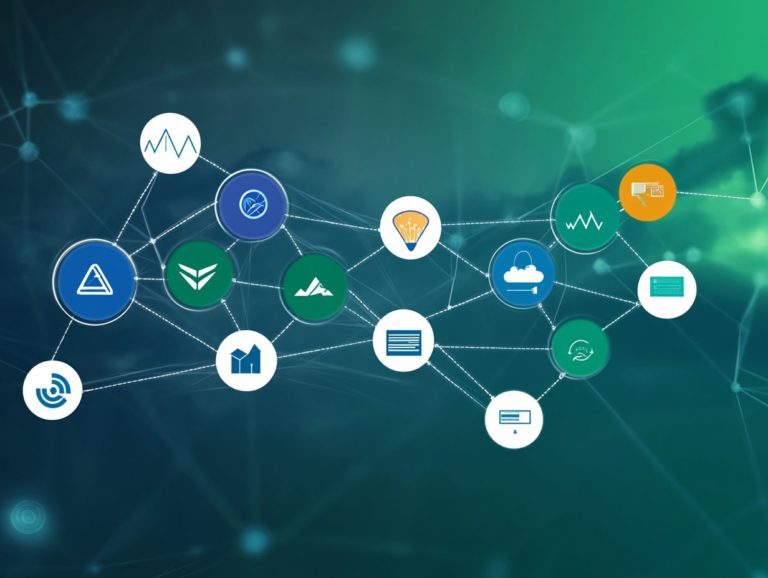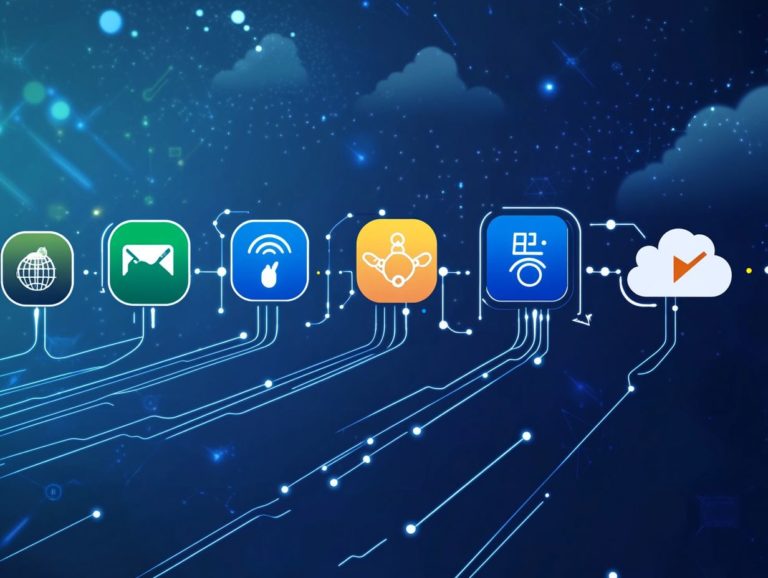Understanding SLA Differences Among Cloud Providers
Service Level Agreements (SLAs) are crucial for any business using cloud services. They act as a contract that outlines the service you can expect from a provider, covering performance, availability, and security.
With many cloud providers offering different SLAs, understanding these differences is essential for making informed decisions that align with your unique needs.
This article explores key factors to consider in SLAs, compares agreements from leading providers, and provides guidance on selecting the right cloud partner for your business.
Contents
- Key Takeaways:
- Key Factors to Consider in SLAs
- SLA Differences Among Major Cloud Providers
- How to Choose the Right Cloud Provider for Your Business
- Preguntas Frecuentes
- Qu es un SLA y por qu es importante entender las diferencias entre los proveedores de la nube?
- Cu les son algunas diferencias comunes entre los SLAs de los proveedores de la nube?
- C mo comparar y evaluar los SLAs de diferentes proveedores de la nube?
- Por qu los SLAs var an entre proveedores de la nube?
- Cu les son los riesgos de no entender las diferencias entre los SLAs?
- C mo asegurarme de entender los SLAs antes de firmar?
Key Takeaways:
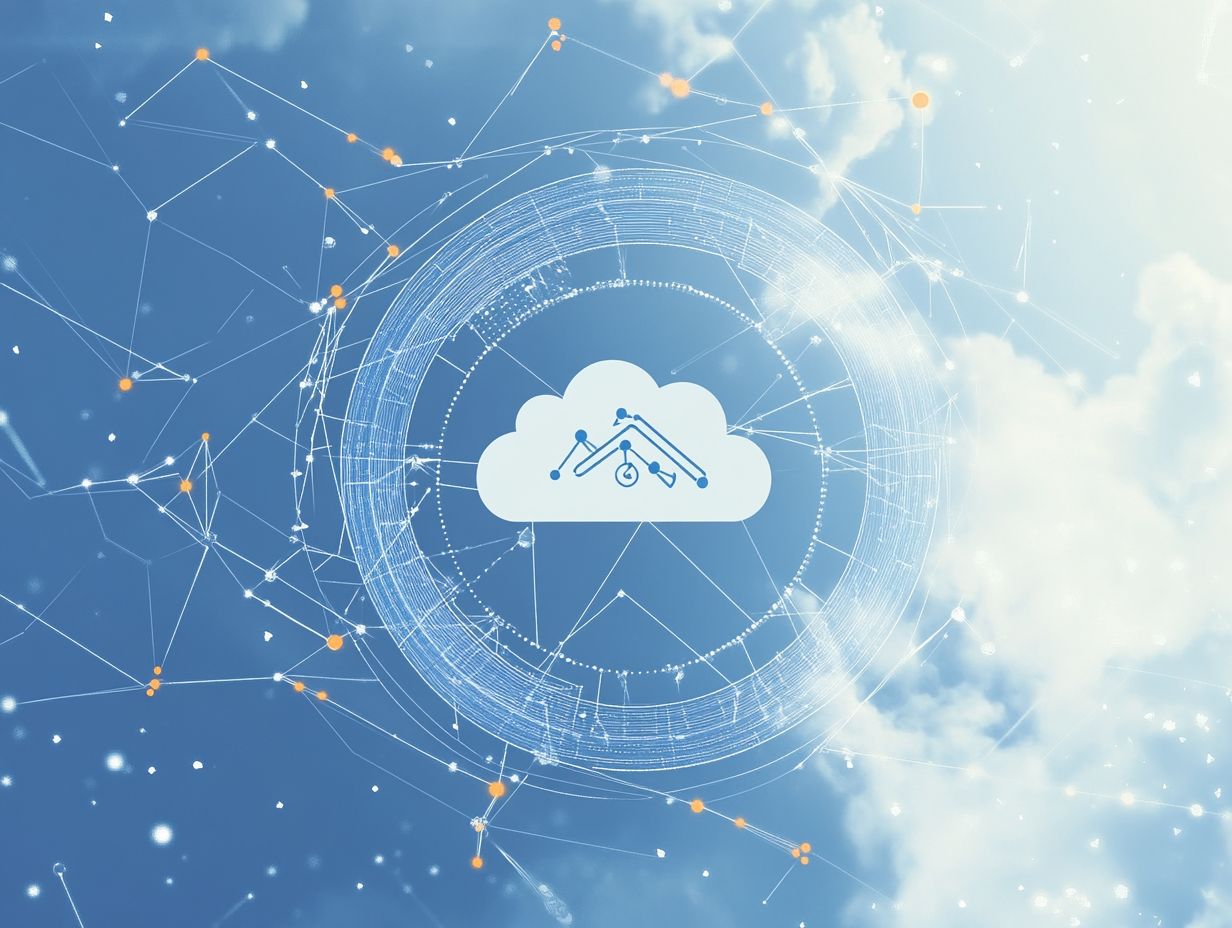
- Understand SLA differences to make informed choices.
- Focus on availability, performance, and data security.
- Choose a provider that fits your unique needs.
What is an SLA?
A Service Level Agreement (SLA) is a formal contract with a service provider that clearly outlines the expected level of service. It details everything from performance standards to availability, uptime guarantees, and responsibilities.
This document serves as your benchmark for evaluating how well services are delivered in the cloud. It ensures both you and the provider have a mutual understanding of goals, terms, and compliance regulations.
Within an SLA, you ll find essential details such as monitoring, support, disaster recovery protocols, and penalties for non-compliance. These factors shape your overall service experience.
By setting clear expectations, the SLA protects both you and the provider from misunderstandings and fosters accountability. You ll typically see specific uptime guarantees, describing what you can expect in terms of availability like 99.9% uptime or better.
The SLA also addresses response times for support requests and outlines how services can be tailored to meet your specific business needs. These elements are vital for planning potential downtime and ensuring efficient support.
Ultimately, these details enhance the reliability and trustworthiness of the service you receive.
Why is it Important to Understand SLA Differences Among Cloud Providers?
Understanding SLA differences helps you align your IT with your business needs and compliance standards. To fully grasp these differences, it’s essential to know what cloud SLAs are, as each provider presents distinct terms and conditions that can significantly affect performance, security, and service availability.
By thoroughly reviewing SLAs, you can better assess risks, track metrics, and ensure that the service aligns with your strategic objectives and expectations. A keen understanding of these variations can save you from costly downtime or security breaches.
For instance, while AWS may guarantee 99.99% uptime, other providers like Google Cloud might offer different terms regarding response times and penalties for service interruptions.
These distinctions are critical; they can affect how quickly your business responds to incidents, impacting customer satisfaction and trust. Compliance with industry regulations also hinges on the terms of an SLA, making it essential to select a provider that meets both your operational and legal obligations.
Key Factors to Consider in SLAs
When evaluating Service Level Agreements (SLAs), consider several key factors to ensure they align with your business needs.
Dive deep into performance standards to set clear expectations for your service. Availability guarantees are equally important, detailing the uptime percentages you can rely on.
Response times will outline how quickly your issues will be addressed. Don t overlook the significance of data recovery options, compliance standards, and monitoring practices. These elements are crucial for creating a comprehensive SLA that protects your business interests.
Availability and Uptime Guarantees
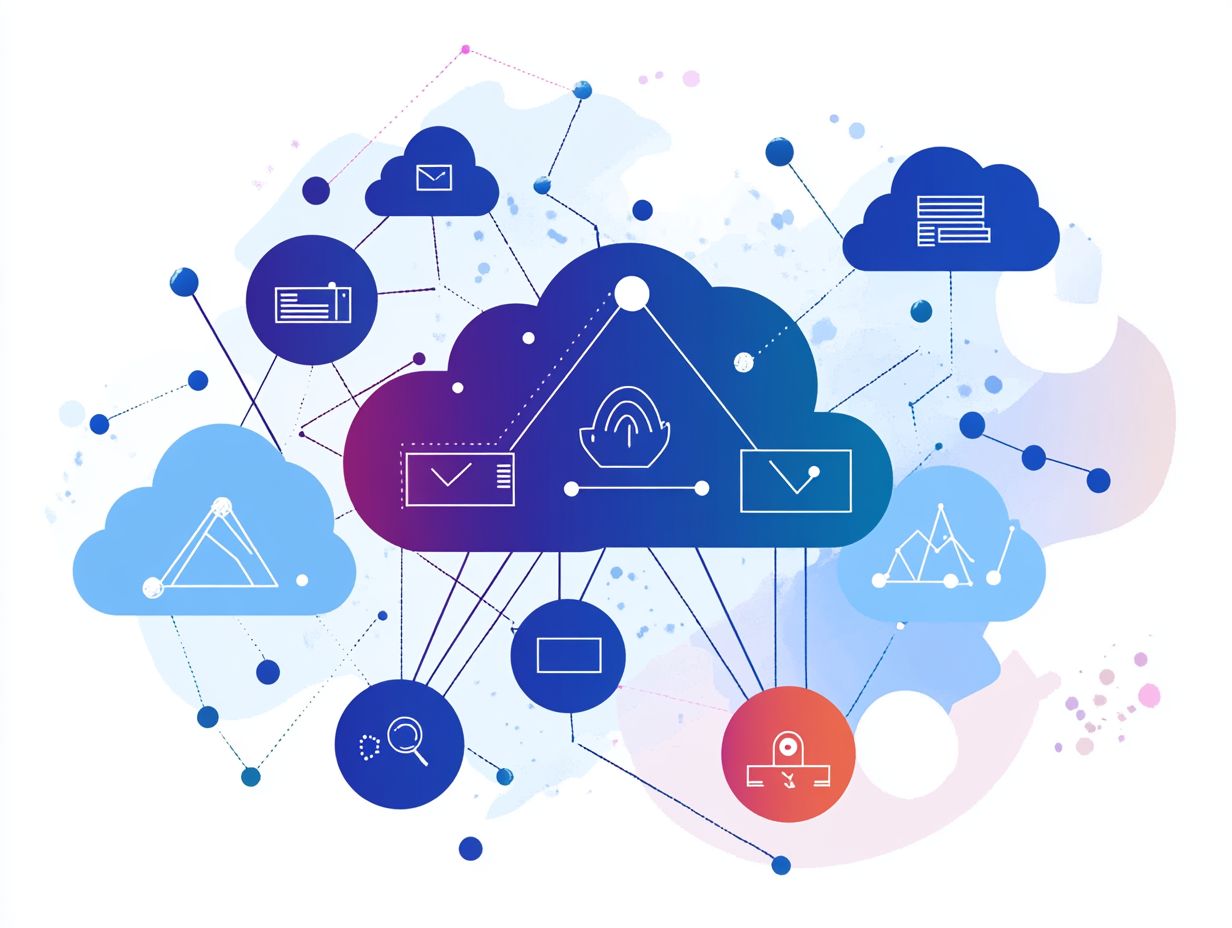
Availability and uptime guarantees are vital elements of any Service Level Agreement (SLA). They directly influence the reliability of the cloud service you are utilizing.
Most cloud service providers present specific uptime percentages, which typically fluctuate between 99% and 99.99%. These numbers can profoundly affect your operational continuity and customer satisfaction.
Understanding these guarantees enables you to evaluate the potential risks linked with downtime. This ensures you are safeguarded against service disruptions.
For example, if a provider offers a 99.9% uptime guarantee, you might face around 8.76 hours of total downtime each year. This could severely disrupt your business operations.
Conversely, a 99.99% uptime translates to just about 52 minutes of potential downtime in the same period, making it a far more attractive choice for mission-critical applications.
Make sure to consider the penalties outlined in the SLA for any downtime that exceeds the promised uptime. These penalties could range from service credits to refunds. Such provisions incentivize providers to uphold their reliability and act as a safety net for you.
Performance and Response Time Guarantees
Performance and response time guarantees within your SLA are crucial for ensuring optimal service delivery and achieving customer satisfaction. These guarantees specify the expected response times for support requests and the performance measures your cloud service provider must meet.
Scrutinize these guarantees closely to ensure they align with your operational needs. Use key performance indicators to monitor service effectiveness.
Your SLA may stipulate a 99.9% uptime guarantee, reflecting the provider’s commitment to minimizing downtime. It will also detail response times for different priority levels of support tickets.
- Critical issues might demand a swift 15-minute response.
- Lower-priority inquiries could be resolved within 24 hours.
These parameters are essential for maintaining operational continuity and elevating the customer experience. They set clear expectations that, when met or exceeded, foster greater trust and loyalty.
Ultimately, aligning SLA guarantees with your unique business demands cultivates a synergistic relationship between you and your service provider. This leads to enhanced overall performance.
Data Security and Privacy
Data security and privacy are crucial factors in any SLA, especially for businesses that handle sensitive information or must adhere to compliance regulations.
The SLA should clearly outline the security measures your cloud service provider will implement. These include encryption protocols methods used to protect data and access controls to ensure data integrity and confidentiality.
Understanding these provisions allows you to trust that your provider meets industry security standards and is vigilant against potential breaches.
Specific compliance requirements, such as those laid out by GDPR (a regulation on data protection and privacy) or HIPAA, further underscore the necessity for robust security frameworks. These protocols are the foundation of customer trust and brand reputation.
It’s essential that your provider s SLA explicitly covers reporting mechanisms, incident response times, and regular audits. These are critical for transparency and accountability.
By prioritizing these elements in the SLA, you can cultivate a security-focused culture within your organization. This demonstrates your commitment to data protection and fosters customer confidence in an increasingly perilous digital landscape.
SLA Differences Among Major Cloud Providers
When you compare SLAs among leading cloud service providers, such as Amazon Web Services (AWS) and Divio, you will notice notable distinctions in service credits, compliance regulations, and overall service management.
Each provider offers unique terms regarding penalties for outages, performance measures, and the level of support available. Understanding these differences is crucial as you seek the right partner to meet your specific needs.
With this knowledge in hand, you can negotiate more favorable terms and ensure alignment with your operational objectives. Review your SLA today to ensure it meets your business needs.
Comparison of SLAs from Top Providers
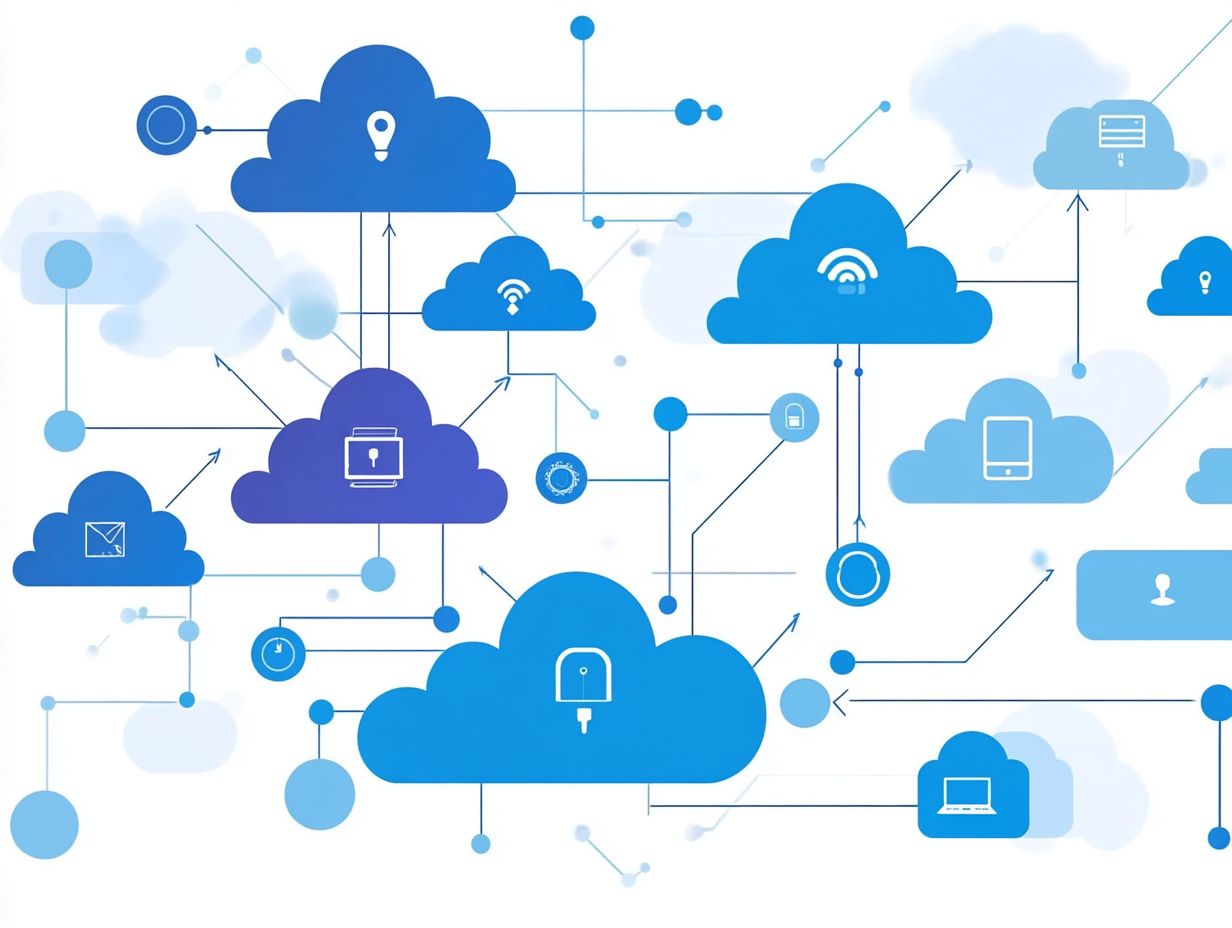
Comparar los SLA de los principales proveedores de servicios en la nube es vital para comprender c mo cada uno atiende las diversas necesidades de los clientes y los objetivos comerciales.
Proveedores como AWS, Azure y Google Cloud presentan SLAs nicos que delinean claramente sus compromisos en cuanto a m tricas de rendimiento, disponibilidad del servicio y sanciones por incumplimiento. Esta comparaci n te permite tomar decisiones informadas basadas en las caracter sticas y t rminos espec ficos que mejor se alinean con tus requisitos operativos.
A medida que profundizas en los detalles, es esencial examinar el enfoque de cada proveedor hacia el rendimiento, como el retraso en el procesamiento de datos, la capacidad de respuesta y el tiempo de actividad garantizado. Por ejemplo, mientras uno puede presumir de un 99.99% de disponibilidad, otro podr a ofrecer un 99.95%. Estas diferencias aparentemente menores pueden ser cruciales dependiendo de las necesidades de tu negocio.
Comprender las sanciones por no cumplir con estos SLA proporciona una valiosa perspectiva sobre el nivel de compromiso y responsabilidad que cada proveedor ofrece.
Utilizar tablas o gr ficos puede aclarar estas diferencias y ayudarte a evaluar qu soluci n en la nube se adapta mejor a tus demandas operativas, todo mientras se evita que la jerga t cnica se vuelva abrumadora.
How to Choose the Right Cloud Provider for Your Business
Selecting the ideal cloud service provider for your business requires thoughtful deliberation on various factors, especially the Service Level Agreement (SLA).
Evaluate your unique operational requirements to ensure the provider can deliver the performance metrics, service availability, and security standards you need.
Understand your customization options within the SLA to negotiate terms that align seamlessly with your objectives, fostering a partnership that is not only productive but truly satisfying.
Factors to Consider in SLAs for Your Specific Needs
When evaluating Service Level Agreements (SLAs) tailored to your needs, several key factors must be considered to ensure they align with your business objectives. Pay attention to the response times outlined in the SLA, the level of customization available, and the overall management of services provided by the cloud provider.
For instance, you might negotiate for shorter response times to ensure that any issues are swiftly addressed, directly impacting service delivery and minimizing downtime.
Consider the level of customization offered; flexibility in adapting services to meet your evolving business demands can be crucial.
Another critical aspect to keep in mind is el monitoreo del rendimiento. Regular reports on uptime and performance metrics can provide valuable insights into service quality, ultimately enhancing customer satisfaction. Grasping these details can dramatically boost your service reliability!
Preguntas Frecuentes
Qu es un SLA y por qu es importante entender las diferencias entre los proveedores de la nube?
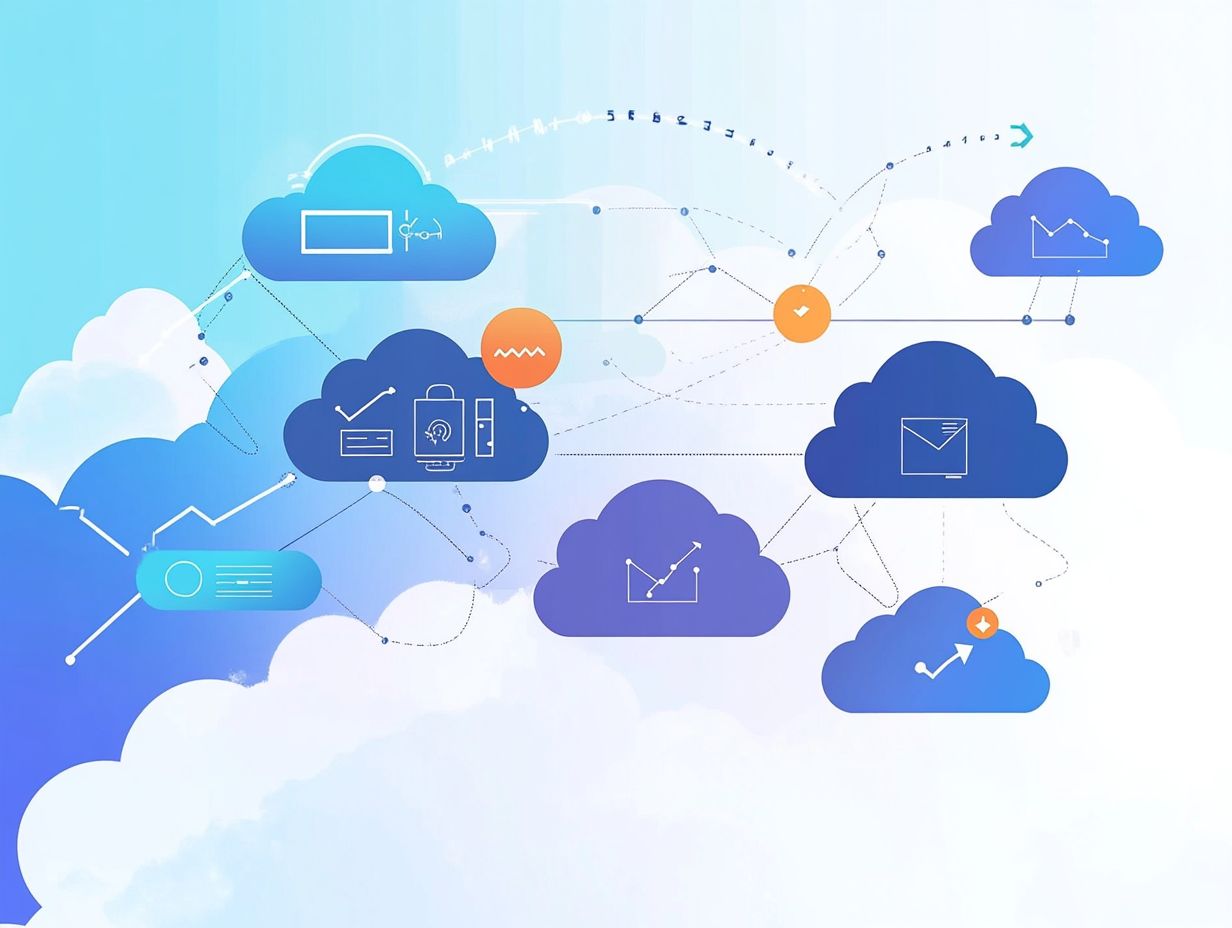
Un SLA (Acuerdo de Nivel de Servicio) es un contrato entre un proveedor de servicios y un cliente que describe el nivel de servicio esperado y las consecuencias si el servicio no se entrega como se acord . Entender las diferencias entre los SLAs de los proveedores de la nube es importante porque ayuda a los clientes a elegir el proveedor adecuado que satisfaga sus necesidades comerciales espec ficas.
Cu les son algunas diferencias comunes entre los SLAs de los proveedores de la nube?
Algunas diferencias comunes entre los SLAs de los proveedores de la nube incluyen garant as de disponibilidad del servicio, m tricas de rendimiento, medidas de seguridad y privacidad de datos, tiempos de respuesta del soporte al cliente y pol ticas de cr ditos de servicio en caso de inactividad o interrupciones del servicio.
Empieza a comparar SLAs hoy para encontrar el mejor proveedor para tus necesidades!
C mo comparar y evaluar los SLAs de diferentes proveedores de la nube?
Para evaluar los SLAs, comienza revisando las garant as de disponibilidad, m tricas de rendimiento y seguridad de datos.
Tambi n considera el soporte al cliente, cr ditos de servicio y penalizaciones por incumplimiento.
Por qu los SLAs var an entre proveedores de la nube?
Los SLAs son diferentes porque cada proveedor utiliza su propia infraestructura y tecnolog a.
Adem s, se enfocan en mercados distintos y ofrecen niveles de servicio seg n sus capacidades.
Cu les son los riesgos de no entender las diferencias entre los SLAs?
No entender los SLAs puede llevar a elegir un proveedor con garant as inadecuadas.
Esto podr a resultar en interrupciones del servicio, problemas de seguridad de datos y falta de compensaci n adecuada.
C mo asegurarme de entender los SLAs antes de firmar?
Revisa el contrato detenidamente y pide aclaraciones si es necesario.
Considera consultar con un experto legal para evaluar los SLAs y hacer una elecci n informada.
Revisa tus opciones de proveedores hoy para asegurar la mejor protecci n para tu negocio!



